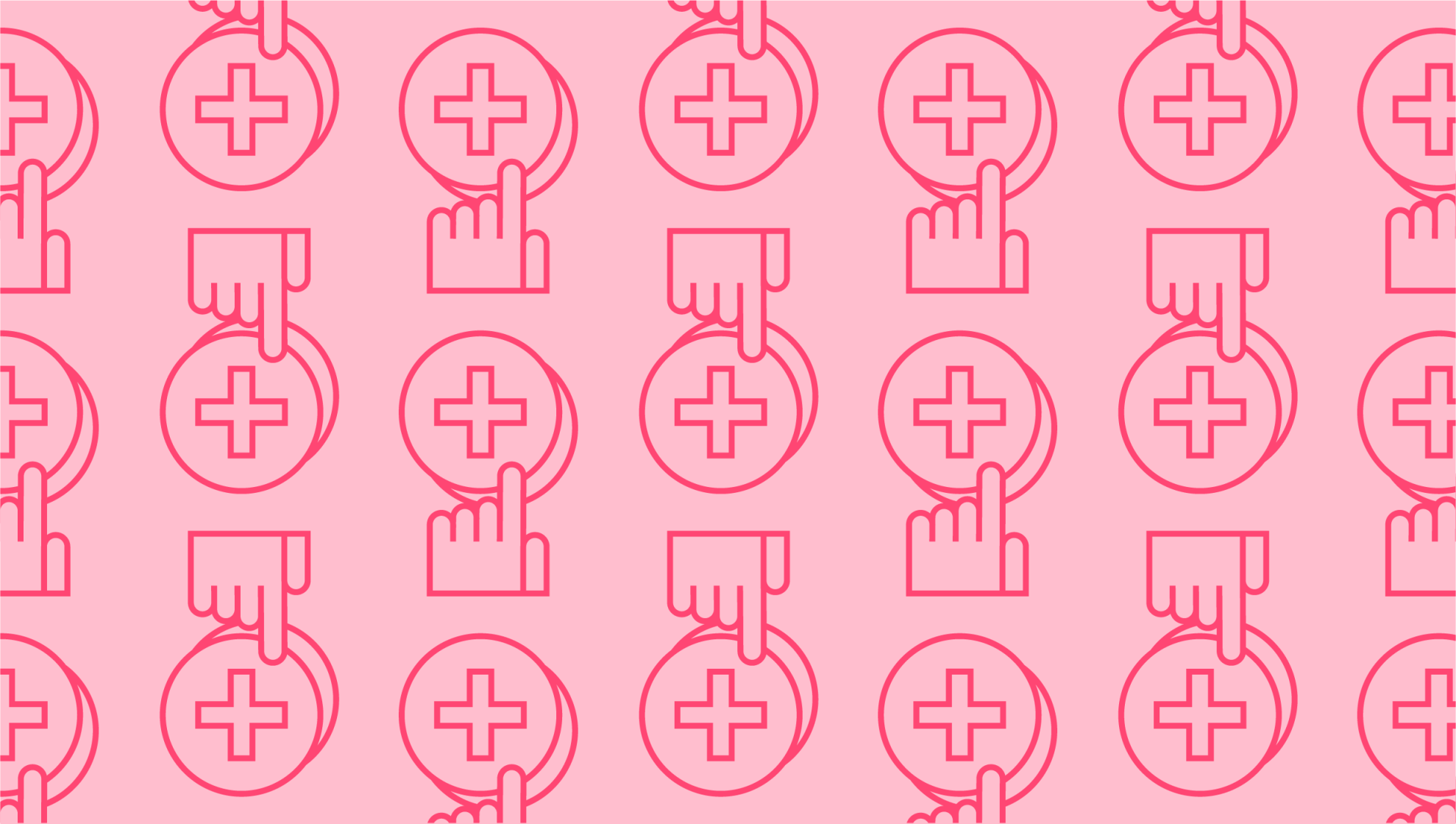
How to Become a Freelance First Aid Trainer
Last editedNov 20223 min read
If you have excellent communication skills and an interest in health and safety, first aid training can be a fulfilling career. It’s particularly well suited to those with a background in the medical field, but individuals from all walks of life can become a freelance first aid trainer. You’ll simply need to invest some time and money to perfect your presenting skills and obtain the right qualifications. Use these handy tips to get you started with becoming a freelance first aid trainer.
1. Understand the first aid training market
There are several options when it comes to becoming a freelance first aid trainer. Some choose to freelance with an established first aid training company while others will work as an in-house corporate trainer. Other self-employed first aiders set up and deliver their own courses, travelling around to meet client needs. These options can vary in terms of freedom, pay scales, and flexibility.
Most trainers offer intensive one-day emergency courses or more comprehensive three-day courses. One way to stand out from the competition is to specialise in a specific subject, such as outdoor or field safety or paediatric first aid.
2. Stock up on the right supplies
First aid training is a hands-on subject, so you’ll need plenty of visual aids when delivering courses. This starts with professional mannequins in adult, child, and baby sizes depending on the type of course you teach. Up to four students can share a mannequin, though a one-on-one ratio is often more effective. Additional supplies to stock up on include:
Bandages
Dressings
Defibrillators
Splints
Gloves and wipes
General office supplies (pens, etc.)
Of course, you’ll also need a laptop or computer with relevant software for day-to-day office tasks and developing your presentations.
3. Make sure your qualifications are up to date
In 2013, the Health and Safety Executive (HSE) deregulated first aid training which means it’s easier than ever to become a freelance first aider. You don’t need a formal medical background or practical experience to get started. However, you will need a qualification in teaching and assessing such as the Level 3 Award in Education and Training.
You’ll also need some type of certificate related to first aid – typically either the First Aid at Work (FAW) or Emergency First Aid at Work (EFAW) courses recommended by the HSE. These certificates only take a few days of training to obtain and last for three years. First aid training must adhere to guidelines published by the Voluntary Aid Societies and UK Resuscitation Council.
Finally, to become a freelance first aid trainer you’ll need an enhanced Disclosure and Barring Service (DBS) check.
4. Perfect your presentations
Once you’re freshly qualified with all relevant supplies ready to go, it’s time to work on your courses and presentations. How will you present your first aid information in the most effective manner? If you decide to freelance with an existing training company, they’ll usually provide you with sets of lesson plans meeting all necessary criteria. You can also download sample presentations and tweak them as needed.
It's helpful to write or purchase your own accompanying workbooks and information sheets so students can follow along with your lesson plan.
5. Advertise and network
To attract clients as a freelance first aider, you’ll need to start marketing your services. This could mean reaching out to first aid training companies as you get started. Working for a company means you’re paid a lower daily rate, but it saves you time spent on looking for clients as you build your brand and reputation.
However, many freelancers prefer the flexibility of being fully self-employed. You should consider whether you’re willing to host your own training sessions or prefer to travel to customer workplaces. Set up your own website and spread the word online using social media, course listings, and paid advertising.
6. Set up an accounting and payment system
Finally, don’t neglect the financial side of starting your own business. As you start to build a client base, you’ll need a good system to keep track of customer details. This includes all payment information and invoices. As a freelancer, you’re responsible for reporting your income to HMRC with a Self Assessment tax return each year. It’s well worth investing in accounting software to make this process easier with accurate bookkeeping.
Platforms like GoCardless can help when it comes to collecting payment from your customers. With pull-based Direct Debit, you can take invoice payments on the day they’re due without any hassle. It’s easy to get set up as well, and GoCardless integrates with hundreds of partners including most major accounting software. This frees your time to focus on building your new training business instead.
We can help
GoCardless is a global payments solution that helps you automate payment collection, cutting down on the amount of financial admin your team needs to deal with. Find out how GoCardless can help you with one-off or recurring payments.

